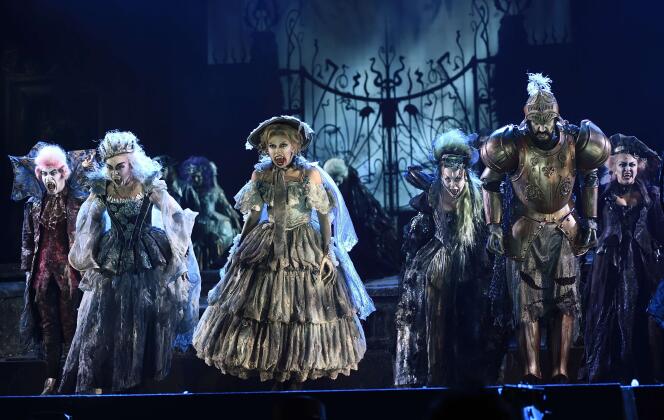


A forensic physician and anthropologist, Philippe Charlier is best known to the general public for his analyses of great historical figures, from Richard the Lionheart to Hitler, as well as Napoleon. However, this astute connoisseur of voodoo culture is also interested in the iconic figures of our collective Western imagination, on the borderline between reality and fantasy. After writing Zombies: An Anthropological Investigation of the Living Dead (2015) and Autopsie des Fantômes. Une histoire du Surnaturel ("Autopsy of Ghosts. A History of the Supernatural," untranslated, 2021), this year he presented and edited a work dating back to 1751, Le Traité sur les Apparitions et les Vampires ("Treatise on Apparitions and Vampires") by the Benedictine monk Dom Augustin Calmet (1672-1757).
This book, which caused quite a stir when it was first published, compiles numerous documented cases of vampirism in Eastern Europe. It provides Charlier with an opportunity to question our fascination with these beings who exist on the border between life and death, which are as frightening as they are captivating.
Philippe Charlier: Dom Calmet was a scholarly Benedictine monk who rose through the ranks quite gradually to become abbot of Senones, eastern France. At the time, the abbey was among the most prominent in the Lorraine region, with an extremely extensive library. Calmet was an avid reader, with interests spanning archaeology, history and metaphysics. He was curious about everything. He was a great Enlightenment thinker, and some philosophers, such as Voltaire (1694-1778), came to consult him. He was an authority, like Louis Jean-Marie Daubenton (1716-1800) or Jean Mabillon (1632-1707) and so many other enlightened ecclesiastics.
But Calmet was also interested in the "mysterious" and believed that the vampire phenomenon should be taken seriously. So, when he got wind of a vampire epidemic in Eastern Europe, he set out to find out more about these "undead," compiling information as he usually did. Calmet sent letters to his vast network of European and non-European correspondents to gather as much information as possible. He also read a lot, especially theology and the stories of saints, which he compared with the testimonies that were sent to him.
In his treatise, Calmet frequently takes one step forward and then one step back: We don't know whether he believes in vampires or not. However, he contends that there are so many recorded cases that there must be some element of truth. He thus aligns himself with the adage, "There's no smoke without fire."
You have 75% of this article left to read. The rest is for subscribers only.
